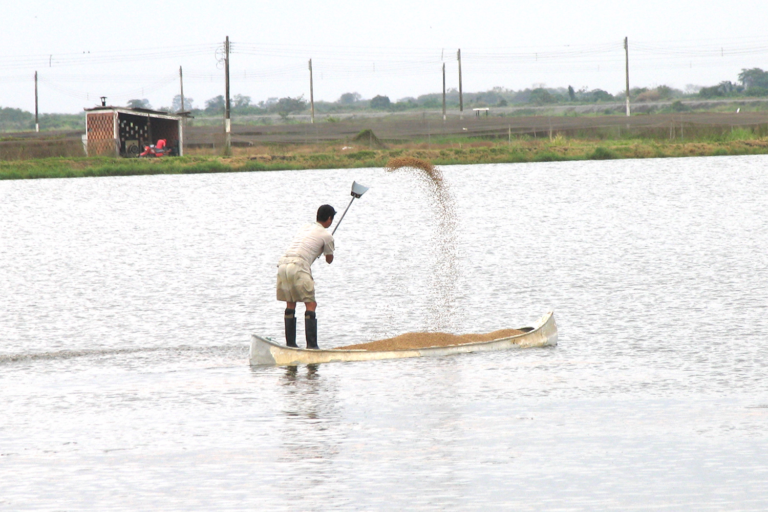
Aquafeeds
What happens to nutrients in aquaculture systems?
Study reports that only up to 20 percent of carbon, 45 percent of nitrogen and 60 percent of phosphorus are assimilated by cultured fish.
Responsibility
A review of 37 years of data finds that the nutrient status of a freshwater loch was not significantly altered by farming.

Aquafeeds
Study reports that only up to 20 percent of carbon, 45 percent of nitrogen and 60 percent of phosphorus are assimilated by cultured fish.
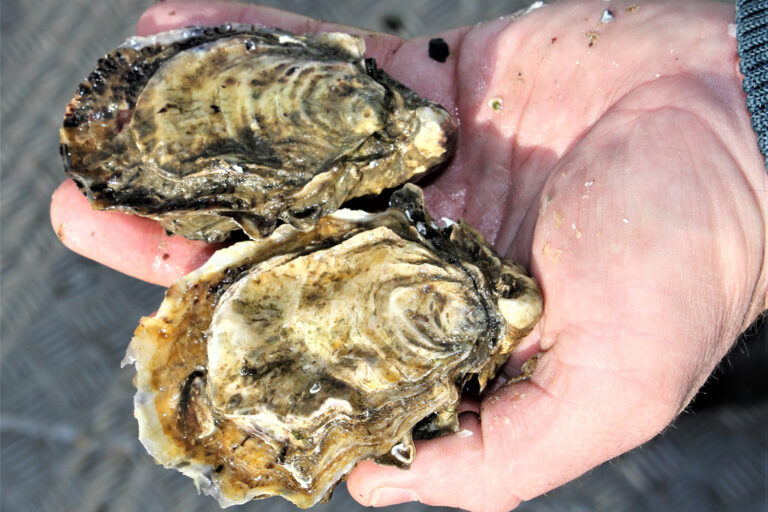
Aquafeeds
Evaluating a novel microencapsulated feed supplied during the depuration stage to fortify oysters with micronutrients beneficial to human health.
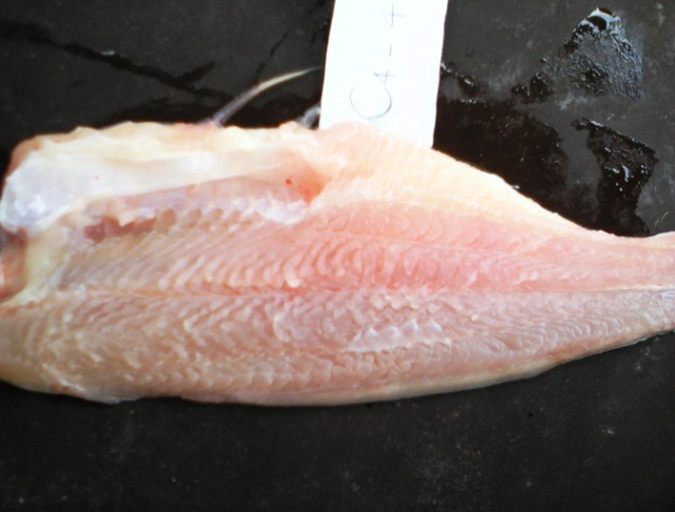
Aquafeeds
A feeding trial incorporated corn distillers dried grains with solubles (DDGS) as an energy and protein source in starter and grower diets for pangasius. Results showed excellent fish growth performance, and no negative effects on mortality, fillet yield or fillet color.
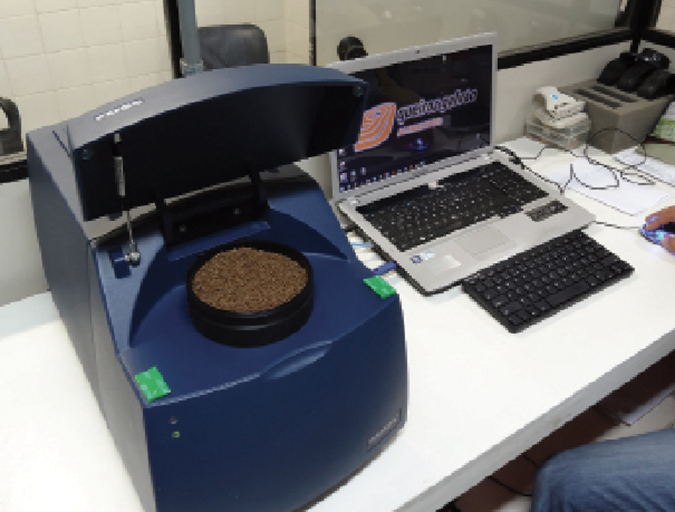
Aquafeeds
Feed plants deal with varied raw materials, formulations and feeds for different animals, which can lead to quality issues and nutrient variations. Near-infrared spectroscopy (NIRS) has been successfully applied in Brazil to ensure feed quality standards at the farm level.
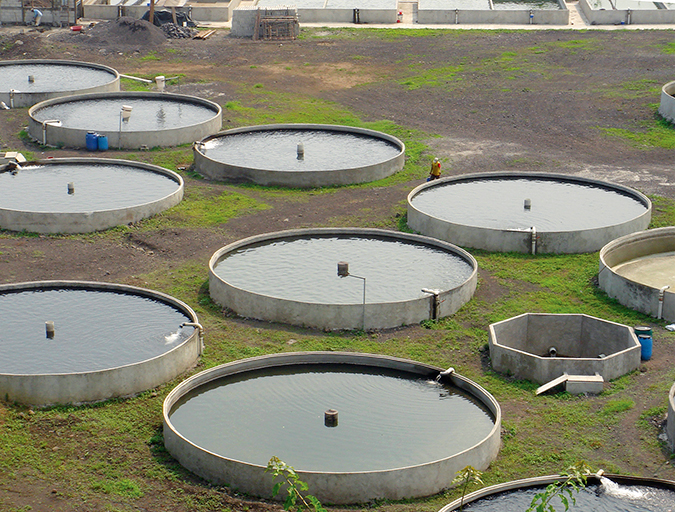
Responsibility
Aquatic plants and animals get the essential nutrients calcium and magnesium from water and food. Calcium concentrations impact the hydration and development of eggs in a hatchery, where calcium carbonate precipitation can be troublesome.
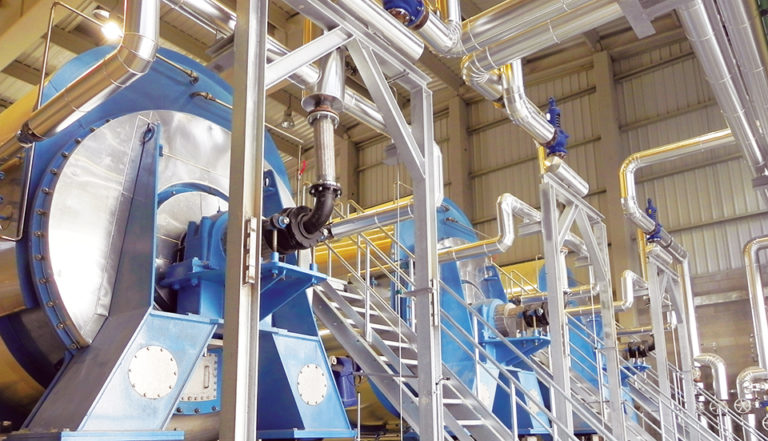
Aquafeeds
With the market volatility of fishmeal, as well as rising sustainability concerns, the aquaculture industry is seeking sources of protein, such as animal byproduct concentrates, to substitute for fishmeal.
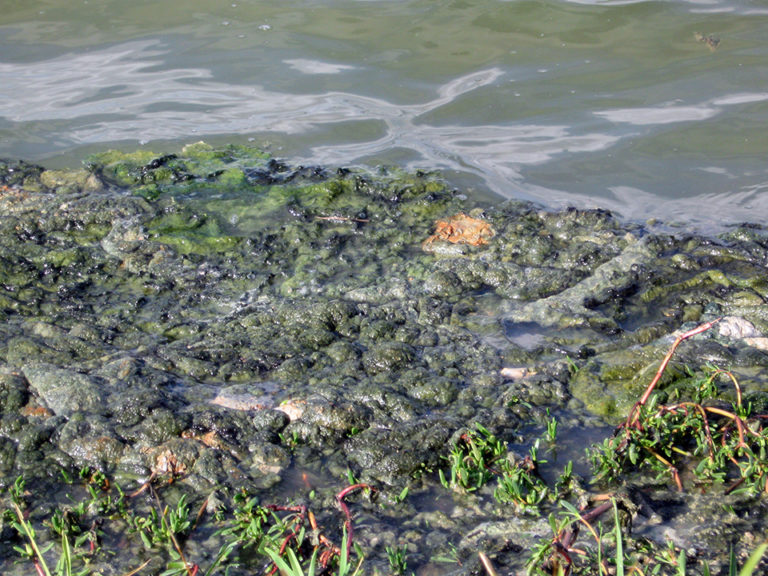
Health & Welfare
The toxins from blue-green algae pose a threat to animal health and potentially to consumers if they are present in farmed product. Culture animals that ingest these toxins may not die, but can be weakened, increasing their susceptibility to pathogens.